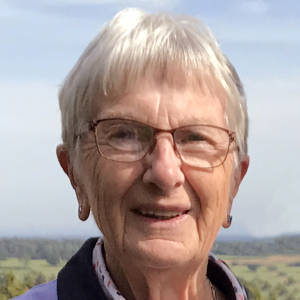Assembly Rooms
There are three of these ram’s heads, on the façade of the Guildhall in South Molton, Devon. The Guildhall, built in around 1739 to 1743, and its associated Assembly Rooms were a prominent feature of the town centre when we were growing up there. I don’t recall that we ever showed any particular interest in them. But an ‘Assembly Room’ sounds quite Jane Austenish and rather grand for a minor country town like South Molton.
According to Wikipedia, in the 18th and 19th centuries ‘Assembly rooms were gathering places for members of the higher social classes, open to members of both sexes. At that time most entertaining was done at home and there were few public places of entertainment open to both sexes… Upper class men had more options, including coffee houses and later gentlemen's clubs. Major sets of assembly rooms in London, in spa towns such as Bath, and in important provincial cities such as York, were able to accommodate hundreds, or in some cases over a thousand people for events such as masquerade balls, assembly balls, public concerts and assemblies (simply gatherings for conversation, perhaps with incidental music and entertainments) or Salons. The attendees were usually screened to make sure no one of insufficient rank gained admittance; admission might be subscription only; and unmarried women were chaperoned. Nonetheless, assemblies played an important part in the marriage market of the day’.
So why the ram’s heads (if indeed that's what they are)? Well, the carved heads cap the three arches that lead to the pannier markets below the Assembly Rooms. Pannier markets have long been popular in Devon, providing a place for the sale of local fruit and vegetables which were brought to market in panniers. By extension they also sold and sell other produce, including meat. So perhaps that is the reason for the ram’s heads? It doesn’t sound quite elegant enough for Miss Austen, but further research is needed.

Comments
Sign in or get an account to comment.


